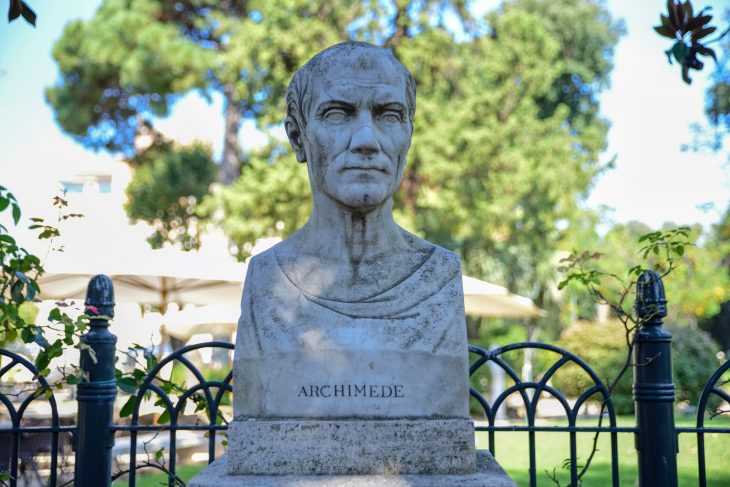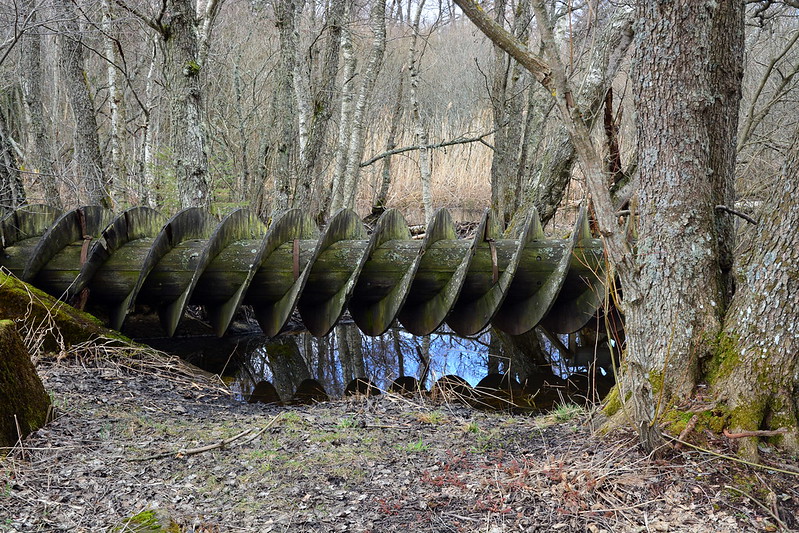
Archimedes, a brilliant mathematician, physicist, and engineer of ancient Greece, is widely regarded as one of history’s greatest minds. His contributions to mathematics, physics, and engineering continue to influence scientific advancements to this day. In this comprehensive article, we will delve into the intriguing world of Archimedes, uncovering captivating facts about his life, inventions, and discoveries. Get ready to embark on a journey through time and explore the incredible mind of Archimedes!
Who Was Archimedes?
Archimedes was an ancient Greek mathematician, physicist, and engineer who lived in the 3rd century BCE. He was born in the city of Syracuse on the island of Sicily, which was then a part of Magna Graecia, a region heavily influenced by Greek culture.
Archimedes’ Early Life and Education
Archimedes was born into a highly educated family, and he received an excellent education in mathematics, physics, and various other fields. He studied in Alexandria, Egypt, which was a renowned center of learning during that time. It was during his time in Alexandria that Archimedes began developing his brilliant ideas and making significant contributions to science and mathematics.
The Archimedes’ Principle:
Archimedes is best known for his discovery of the principle of buoyancy, commonly known as Archimedes’ principle. According to this principle, an object submerged in a fluid experiences an upward buoyant force equal to the weight of the fluid it displaces. Archimedes famously exclaimed, “Eureka!” when he made this discovery while taking a bath.
The Claw of Archimedes
During the Siege of Syracuse, Archimedes designed various war machines to defend his city against the Roman forces. One of his notable inventions was the Claw of Archimedes, a mechanical device capable of lifting enemy ships out of the water and tipping them over, causing them to sink.
The Archimedes Screw
Another remarkable invention attributed to Archimedes is the Archimedes screw. This device consists of a helical surface wrapped around a cylinder, enabling the movement of water or other fluids uphill or against gravity. The Archimedes screw is still used today for various purposes, including irrigation and water drainage systems.

Archimedes and Pi
Archimedes made significant contributions to the understanding of the mathematical constant pi (π). He devised a method using polygons to approximate the value of pi, accurately calculating it to be between 3 1/7 and 3 10/71. His work laid the foundation for further developments in the understanding of this fundamental mathematical concept.
The Burning Mirrors
Archimedes was known for his experiments with burning mirrors, also known as the “Archimedes Death Ray.” He designed a system of mirrors that could focus sunlight onto a single point, creating intense heat. Although the exact details and historical accuracy of these experiments are debated, they showcase Archimedes’ innovative thinking and understanding of optics.
Mathematics
Archimedes made significant contributions to the field of mathematics, particularly in the areas of geometry, calculus, and numerical analysis. His works, such as “On the Sphere and Cylinder” and “The Method of Mechanical Theorems,” laid the groundwork for later mathematicians to build upon.
Physics
Archimedes’ discoveries in physics, including his principle of buoyancy and understanding of levers and pulleys, revolutionized the field. His insights into the behavior of fluids and objects in equilibrium continue to be fundamental principles in physics.
Engineering
Archimedes’ inventions, such as the Archimedes screw and the Claw of Archimedes, demonstrate his engineering prowess. These inventions not only showcased his innovative thinking but also had practical applications in fields such as irrigation, construction, and warfare.
Influence on Later Scientists
Archimedes’ work had a profound impact on later scientists and mathematicians, including Isaac Newton and Galileo Galilei. His methods and discoveries served as a foundation for future scientific advancements, shaping the way we understand the world around us.
Archimedes in Literature
Archimedes is often referenced or portrayed in historical fiction novels set in ancient Greece or during the Roman Empire. His character serves as a symbol of scientific brilliance and innovation.
Archimedes in Art
Artists throughout history have depicted Archimedes in paintings, sculptures, and other forms of art. These representations aim to honor his contributions to science and celebrate his intellectual legacy.

Archimedes in Film and Television
Archimedes’ story has been adapted for the screen in various films and television shows. These portrayals often highlight his inventions and discoveries, as well as his interactions with historical figures of his time.
Conclusion
Archimedes, the ancient Greek mathematician, physicist, and engineer, left an extraordinary legacy that continues to inspire and awe. His discoveries, inventions, and mathematical achievements revolutionized the fields of mathematics, physics, and engineering. Archimedes’ genius and innovative thinking have captivated the imagination of people throughout history, making him one of the most celebrated figures in scientific history. As we unravel the remarkable life and accomplishments of Archimedes, we gain a deeper appreciation for the wonders of ancient Greece and the profound impact of human intellect.
Frequently Asked Questions (FAQs)
What were Archimedes’ most famous inventions?
Archimedes is credited with several notable inventions, including the Archimedes screw, the Claw of Archimedes, and various war machines designed to defend Syracuse during the Siege.
What is Archimedes’ principle, and why is it important?
Archimedes’ principle states that an object submerged in a fluid experiences an upward buoyant force equal to the weight of the fluid it displaces. This principle is essential for understanding buoyancy and plays a crucial role in various applications, such as shipbuilding and the design of submarines.
Did Archimedes really say “Eureka!”?
According to historical accounts, Archimedes exclaimed “Eureka!” (meaning “I have found it!”) when he discovered the principle of buoyancy while taking a bath. However, the exact circumstances and authenticity of this anecdote are debated among historians.
What is the Archimedes screw, and how does it work?
The Archimedes screw is a device used for lifting water or other fluids. It consists of a helical surface wrapped around a cylinder. When the screw is rotated, water is trapped in the spaces between the turns and is transported upwards or against gravity.
How did Archimedes contribute to mathematics?
Archimedes made significant contributions to mathematics, particularly in the areas of geometry, calculus, and numerical analysis. His innovative methods and calculations laid the foundation for future mathematical advancements.
Was this page helpful?
Our commitment to delivering trustworthy and engaging content is at the heart of what we do. Each fact on our site is contributed by real users like you, bringing a wealth of diverse insights and information. To ensure the highest standards of accuracy and reliability, our dedicated editors meticulously review each submission. This process guarantees that the facts we share are not only fascinating but also credible. Trust in our commitment to quality and authenticity as you explore and learn with us.
